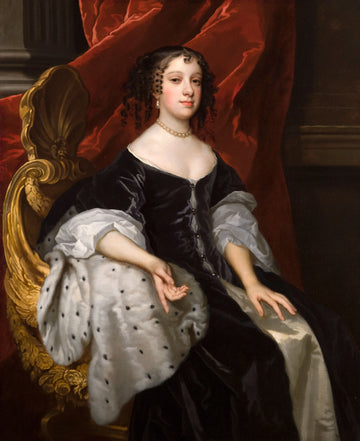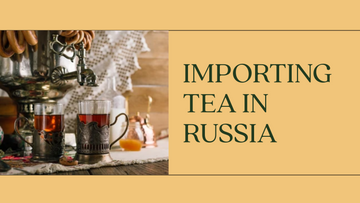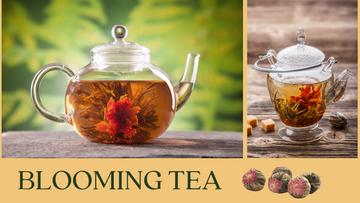
While there are so many queens drinking tea around the world (Yes! We are talking about you)
but do you know about the first Britain queen to do so? Her fondness towards tea revolutionized the drinking habits of the royal family but at the same time laid the foundation of integrating tea in the daily lives of Britishers.
Her name was Catherine- The First British Tea-Drinking Queen.
The Rise of Tea in Britain
Tea, originally from China, found its way to Europe through trade routes in the 17th century. Initially, it was a luxury product enjoyed only by the wealthy elite due to its high cost and limited availability. As the British East India Company's influence expanded in the East, tea became more accessible to the upper echelons of British society.
Queen Catherine's Tea Infatuation
Queen Catherine of Braganza, born on November 25, 1638, was a Portuguese princess who married King Charles II of England in 1662. Raised in Portugal, where tea was a common beverage, Catherine was an avid tea enthusiast and brought this cultural aspect with her to the British court. Although tea had already been introduced to the British nobility by Catherine's mother-in-law, Queen Henrietta Maria, it was Catherine's affection for the beverage that sparked the tea-drinking craze among the aristocracy.
Influencing Court and Culture
As Queen consort, Catherine played a pivotal role in shaping court culture and etiquette. She incorporated the traditional Portuguese tea ceremony into English courtly life, turning tea drinking into a fashionable and sophisticated activity. Her high regard for tea prompted nobles and courtiers to follow suit, adopting the habit of taking tea as a symbol of social status and refinement.
Catherine's Teahouse at Somerset House
Queen Catherine further promoted tea's popularity by establishing the first known public teahouse in England at Somerset House, her London residence. This move allowed the general public to experience the pleasures of tea, although the price remained relatively high, limiting the teahouse's clientele to the upper class. Nevertheless, it became a social gathering spot for the aristocracy, fostering the culture of afternoon tea in Britain.
The Royal Tradition Lives On
Catherine's influence on tea culture did not end with her reign. As tea became more accessible and its production and distribution improved over time, it gradually permeated all levels of British society. By the 18th century, tea drinking had become an integral part of British daily life. This cultural shift was instrumental in making Britain one of the world's most significant consumers of tea, a status that endures to this day.
Legacy and Impact
Queen Catherine's legacy as the first British tea-drinking queen extends beyond merely enjoying the beverage herself. Her patronage of tea not only contributed to the tea industry's growth but also catalyzed a social revolution in British society. Tea drinking became synonymous with British identity, leading to the establishment of iconic British customs like afternoon tea.




